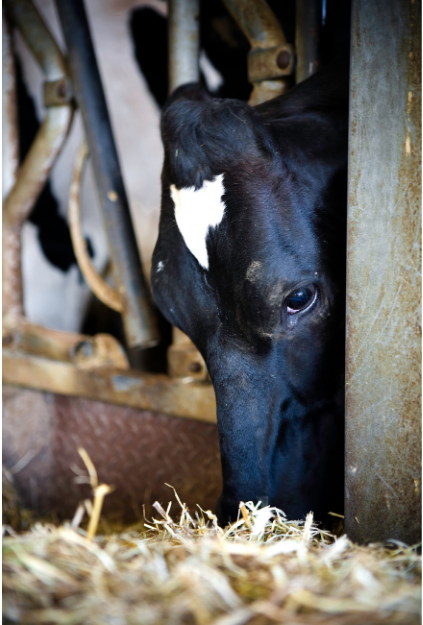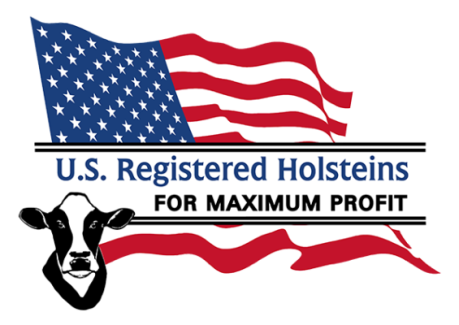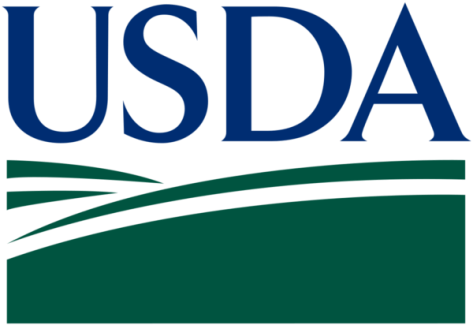The pandemic in 2020 caused unprecedented market volatility in dairy prices, leading to lower milk checks for dairy producers and breaking the relationship between monthly mailbox milk prices and Class III milk prices.
 However, the price spread is expected to realign in the first half of 2021, bringing normalcy to producer price differentials (PPDs) and mailbox milk prices, according to a new report from CoBank’s Knowledge Exchange division.
However, the price spread is expected to realign in the first half of 2021, bringing normalcy to producer price differentials (PPDs) and mailbox milk prices, according to a new report from CoBank’s Knowledge Exchange division.
Extreme volatility in cheese and milk prices resulted from supply chain disruptions, government purchasing, and changes in consumption habits during the COVID-19 pandemic. Record-high cheese prices lifted Class III milk prices disproportionately higher than Class IV milk prices, which were held in check by low butter and milk powder prices.
Because of higher Class III milk prices, cheese manufacturers were incentivized to depool milk from Federal Milk Marketing Order (FMMO) marketing regions. The loss of higher-priced Class III milk from the pool resulted in negative PPDs for dairy farmers and lower mailbox milk prices.
“The coronavirus pandemic broke the relationship between monthly mailbox milk prices and monthly Class III milk prices,” said Tanner Ehmke, manager of CoBank’s Knowledge Exchange. “But the spread between Class III and IV milk prices is expected to realign in the first half of 2021, bringing normalcy back to PPDs and mailbox milk prices.”
Pooling and De-Pooling
While most Class I processors are legally obligated to pool milk in an order, handlers of other classes of milk have the option to participate based on certain order performance requirements and the financial incentive.
Between June and November 2020, cheese processors mostly found themselves in a disincentivized position. The cost of milk would be higher if processors had pooled milk in the order. As a result, cheese manufacturers have in many cases chosen to “de-pool” milk.
The effect of de-pooling has been most dramatic in California, where the FMMO pool consisted of an average of just 0.8% Class III milk between June and October 2020. This followed an average of 29% of the order in the same period in 2019.
De-pooling is incentivized when the blend or uniform price in an order pool falls below either Class III or Class IV prices. Historically, de-pooling also tends to coincide with a negative producer price differential.
Future of PPDs
Negative PPDs occur when milk in a federal milk pool is less than the Class III price. This tends to happen when the Class III price is at a significant premium to Class IV milk prices.
New cheese manufacturing plants coming online and expanding in Iowa, Michigan, Minnesota, South Dakota, and Wisconsin will increase annual production of American-type cheese by an estimated 8% by June 2021. When at capacity, the addition in manufacturing will utilize approximately 4.6 billion lbs. of milk annually—roughly equivalent to 1.5 years of increases in annual U.S. milk production.
The increase in plant capacity, combined with the slowing of government programs like the Food Box Program, should contribute to Class III and Class IV milk prices returning to more historical price spreads in the second quarter of 2020, resulting in positive PPDs.
Source: The Cattle Site




